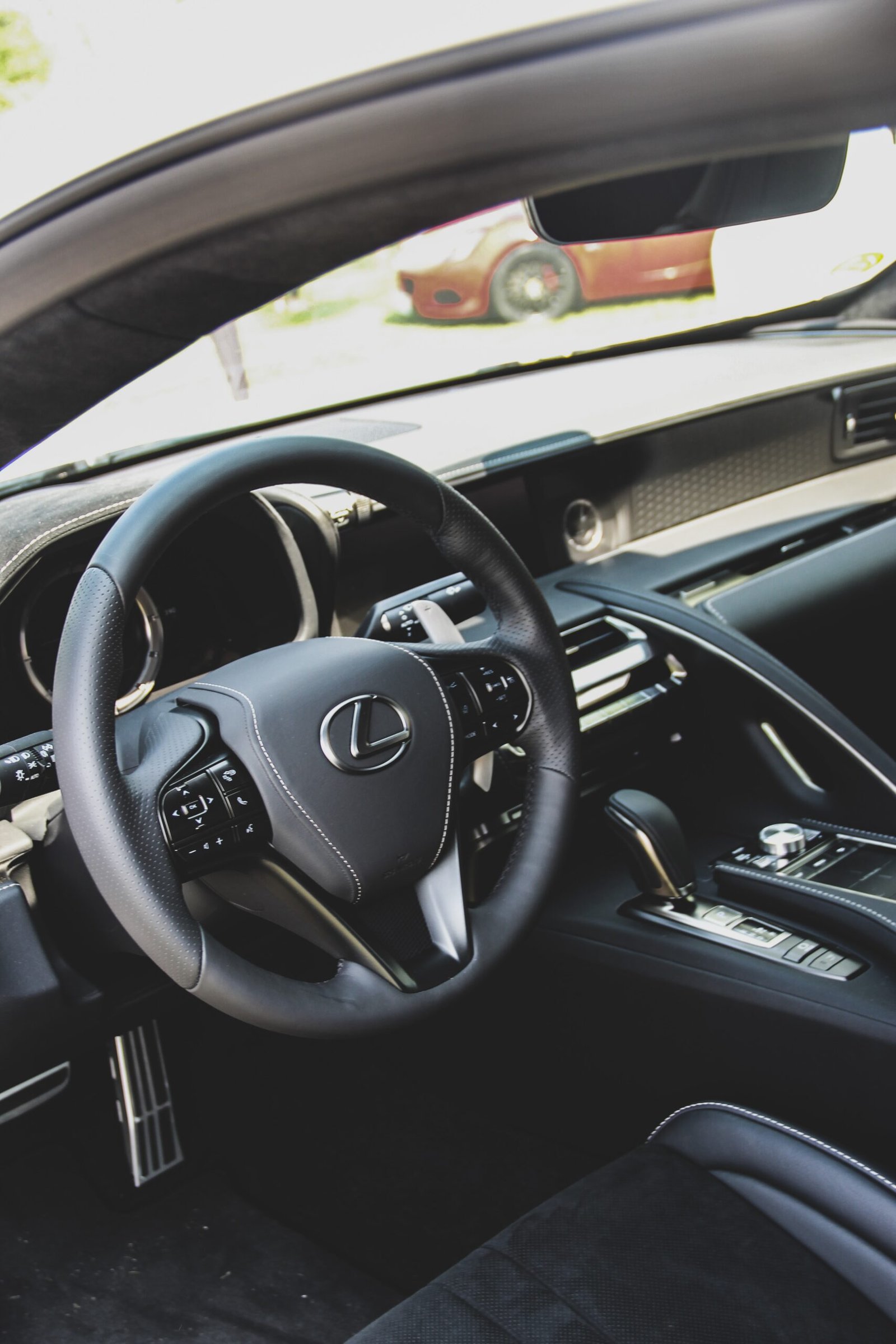
4 Things To Do When Buying A Used Vehicle
Sometimes people decide to sell their vehicle because their needs change or they just want an upgrade to a newer model. However, sometimes they choose to sell a vehicle because it’s more trouble than it’s worth.
Whether you’re buying from a car dealership or an independent seller, always do the following when browsing the used vehicles they have for sale.

Read the Fine Print
If you’re considering buying from a car dealership, the car will be displayed with a buyer’s guide taped in one of the windows. If you see the words “sold as is” that means that the dealership is eschewing any responsibility for anything that breaks down or goes wrong with the vehicle after the purchase.
A vehicle under warranty is ideal. The lemon law CA specifically states that if such a vehicle is defective, the car dealership is obligated to replace it. Laws may vary by state, so brush up on your local lemon law before you purchase a vehicle.
Take a Test Drive
It might be tempting to get the transaction over with as quickly as possible, but if you don’t take a test drive you’re almost guaranteed to end up buying something you’re unhappy with.
The odor of the interior might not bother you when you casually peek inside, but driving a couple of miles down the road may change that. Mold and cigarette smoke are incredibly difficult smells to remove and if you’re sensitive to smells you may want to skip a vehicle with them even if they’re otherwise fine.
When you climb behind the wheel, you should check for signs of wear on all equipment and surfaces. While wear is to be expected when buying used, if it makes seats, pedals or controls unusable it might be a deal-breaker.

Peek Under the Hood
If you don’t have any vehicle maintenance know-how, ask the dealership or seller if you can have the vehicle checked out by a trusted mechanic of your choice. If they tell you no, that’s a red flag, and business with them should be avoided.
If you know your way around an engine, you can take a look yourself. As with the interior, some wear is to be expected, but keep an eye out for corrosion, coolant stains, excessive oil leakage, and dirt. Hoses and belts should be pliable, not hard. Check the fluids, such as coolant, oil, power steering, and transmission. Anything wrong should be taken into consideration when negotiating a price.
Look at the Body
While a mechanic can give you the full rundown on a vehicle’s quality, there are some problems that even inexperienced buyers can spot for themselves. The easiest to spot sign of trouble is a rusty brown or greasy black tailpipe. Ideally, it should be dry and gray.
Scratches and dings are to be expected, but you should be cautious of anything that won’t buff out as it can be a breeding ground for rust. Make sure the paint job is smooth and even. A textured area may mean that the seller is trying to paint over a rust problem. All of the windows should be checked carefully for cracks and gouges, as changes in weather could make them expand into a bigger problem. Get things moving and make sure you can open and close all doors easily, as well as the hood and trunk. Check the suspension by pushing down on the roof over each tire. There should be a healthy single bounce, not a continuous shake.

Buying a vehicle used can save a lot of money initially. However, if you don’t do your homework you can easily end up with a money pit that costs you more than buying new. By inspecting everything thoroughly, you will be on the road to satisfaction.








